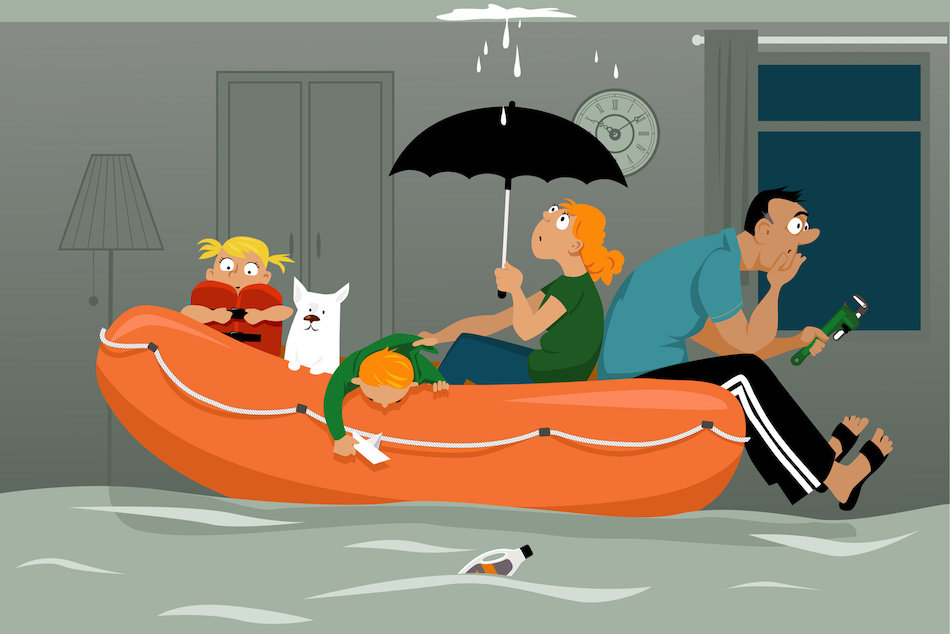 Leaks sometimes seem like the first clue that homeowners have roof damage, but a leak is really the ultimate breakdown in the roof's structural integrity. It's a sign that the roof has been undergoing major stress for months or years before finally buckling under the pressure. Homeowners who understand the basics of flashing, shingles, and joints not only have a better chance of catching roof damage in their waterfront home, they also have the opportunity to save some serious cash on their repairs over time.
Leaks sometimes seem like the first clue that homeowners have roof damage, but a leak is really the ultimate breakdown in the roof's structural integrity. It's a sign that the roof has been undergoing major stress for months or years before finally buckling under the pressure. Homeowners who understand the basics of flashing, shingles, and joints not only have a better chance of catching roof damage in their waterfront home, they also have the opportunity to save some serious cash on their repairs over time.
How to Check for Damage
The flashing of the roof is the material covering the joints, and the best way to check it is to actually climb a ladder to physically inspect its condition. Asphalt, composite, and wooden shingles should be inspected once every three years while tile roofs can go up to five years. If there are any tears in it or if the shingles are starting to curl, homeowners will need to make a few repairs. Similarly, noticing small areas of rust on a metal roof are signs of a problem as well.
These are clear signs that the roof won't be able to hold up to adverse or even normal conditions. Water damage usually begins in an area where few residents dare to tread, such as in a crawlspace or outer edges of the attic. That's why it's so important for homeowners to make the effort and get to know the components of their roof. If a fear of heights keeps homeowners from the ladder, the best way to check for damage on the interior of the home is to look for peeling paint or wallpaper.
Paying Attention
Insects, birds, and even squirrels can find their way into the home or interior spaces of the roof when there's damage in the soffit. The soffit is attached to the rafters or eaves of the roof and is generally made with either cement or steel. If it's wearing away, it will attract wildlife into the home and interfere with the overall ventilation. Snow or water can become trapped in the vents where it will eventually begin to cause rot. If the room comes in contact with embers from a summer bonfire, it can even expedite the course of the flames. Homeowners should also be regularly cleaning their gutters out to prevent drag on the roof. This will not only help prevent the roof from collapse, but can also stop ice dams and hazardous icicles in their tracks.
What to Do
There are plenty of products available on the market that will give homeowners a quick fix patch-up job on their roof. As tempting as this is though, most experts will tell homeowners that it's better to call or at least consult with a professional. If the homeowner doesn't have the skills or the training, they have higher chances of injury themselves during the process. In addition to injury, a patch-up job may not be enough to keep further damage at bay. Calling an experienced professional ensures that the roof can be fixed correctly so homeowners don't have to worry about whether or not they'll make it through the next season without a crisis.
Part of being a responsible Sea Girt homeowner is knowing what is and isn't realistic. Catching roof damage is all about paying attention, which means staying vigilant against the threats of time and trauma. If a homeowner knows they likely won't perform regular inspections, they should consider hiring a professional to stay on top of their maintenance responsibilities.

Leave A Comment